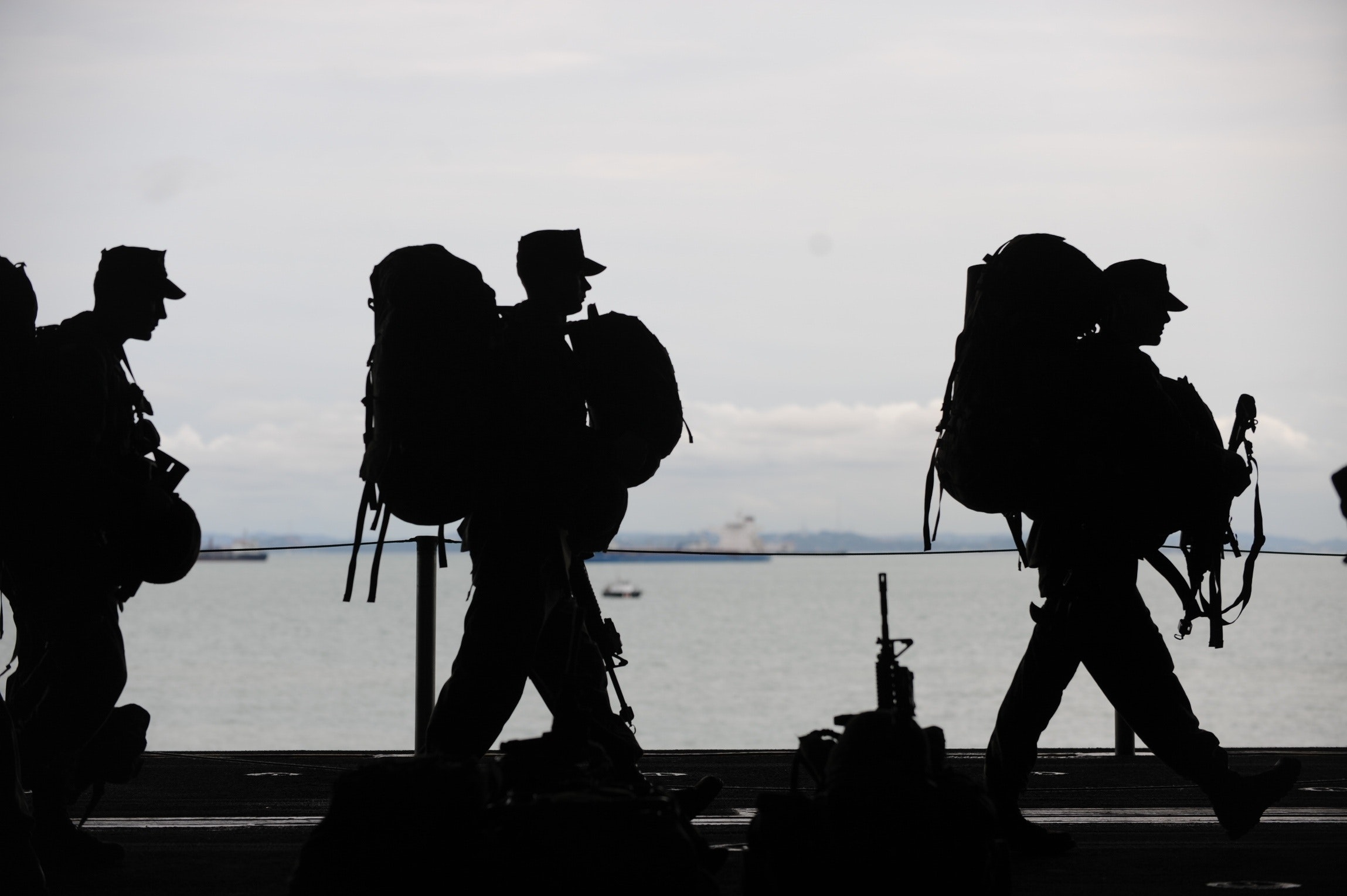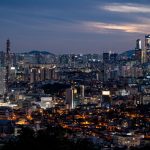A ‘frozen conflict’ in action

Notwithstanding what is written in the history textbooks on the Korean War, technically, the Republic of Korea and the Democratic People’s Republic of Korea are still at war. In April 2018, the countries’ leaders came together in the Korean Demilitarized Zone (DMZ), in a common effort to construct a treaty that would formally end the conflict. Nevertheless, considering the ongoing events since then, another page in their shared story may have been turned.
Because 5 years later, on April 25, 2023, Yoon Suk Yeol – the president of South Korea, came to the United States to mark the 70th anniversary of bilateral ties between the two countries. Ever since the Mutual Defence Treaty of 1953, the United States maintained their presence on the Korean peninsula and was the biggest ally of the Republic of Korea. The focal point of this year’s trip was the signing of the Washington Declaration. More specifically, the Declaration was adopted as a nuclear deterrent against South Korea’s hostile neighbour. It represents the shared dedication of Americans and the Republic of Korea to defence, in case of a potential threat from the DPRK.
As the US ally possesses no nuclear arsenal, hence, no experience in working with nuclear missiles, according to American-based David Maxwell from the Foundation for Defence of Democracies, it is crucial to engage the South Koreans in such military exercises, and have them know how to deploy nuclear weapons. Thus, this could prepare them for a potential attack from the North.
The DPRK, in turn, was not particularly happy. Moreover, in response to the agreement, North Korea has promised to retaliate against the US and South Korea, accusing them of “nuclear blackmail.” According to the Korean Central News Agency (KCNA), Pyongyang will keep expanding its arsenal of weapons, claiming it is in its legitimate right as a sovereign state to have more potent means of self-defence to counter possible threats. Thus, according to North Korean leader Kim Jong Un, launching a spy satellite is essential, given the current security climate on the peninsula.
Even the leader’s sister Kim Yo-jong, a particularly influential figure in the DPRK, made threats of retaliation, following the crucial deal between the US and South Korea. She argued that in contrast to what has been said, such an agreement will not reinforce but rather aggravate the security in the region. Firstly, Yo-jong criticised American President Joe Biden’s argument that a nuclear attack from North Korea’s side would result in the state’s end, and marked it as simply illogical. Then, she went as far as to characterise South Korean President Yoon Suk Yeol as a fool.
Evidently, that did not stop the union from taking action. Exactly one month after the signing of the Washington Declaration on May 25, the South Korean and US forces started their most extensive cooperative live fire drills, imitating a full-scale attack by Pyongyang. In addition, South Korea launched its first-ever indigenous rocket, with a length of nearly 50 metres and a weight of 200.000 kilograms. The Korean Minister of Science and Technology, Lee Jong-ho, stated that this will be the first out of four missiles to be launched within the next four years.
North Korea has promised to come with an appropriate reply. With these increased tensions on the Korean peninsula, it raises the question of how the ‘frozen conflict’ will proceed. What will be the implications for the Han nation?
Further reading:
US and South Korea begin largest military drills for years as North ramps up tensions
North Korea slams ‘sinister’ South and allies as live-fire exercises with US begin



